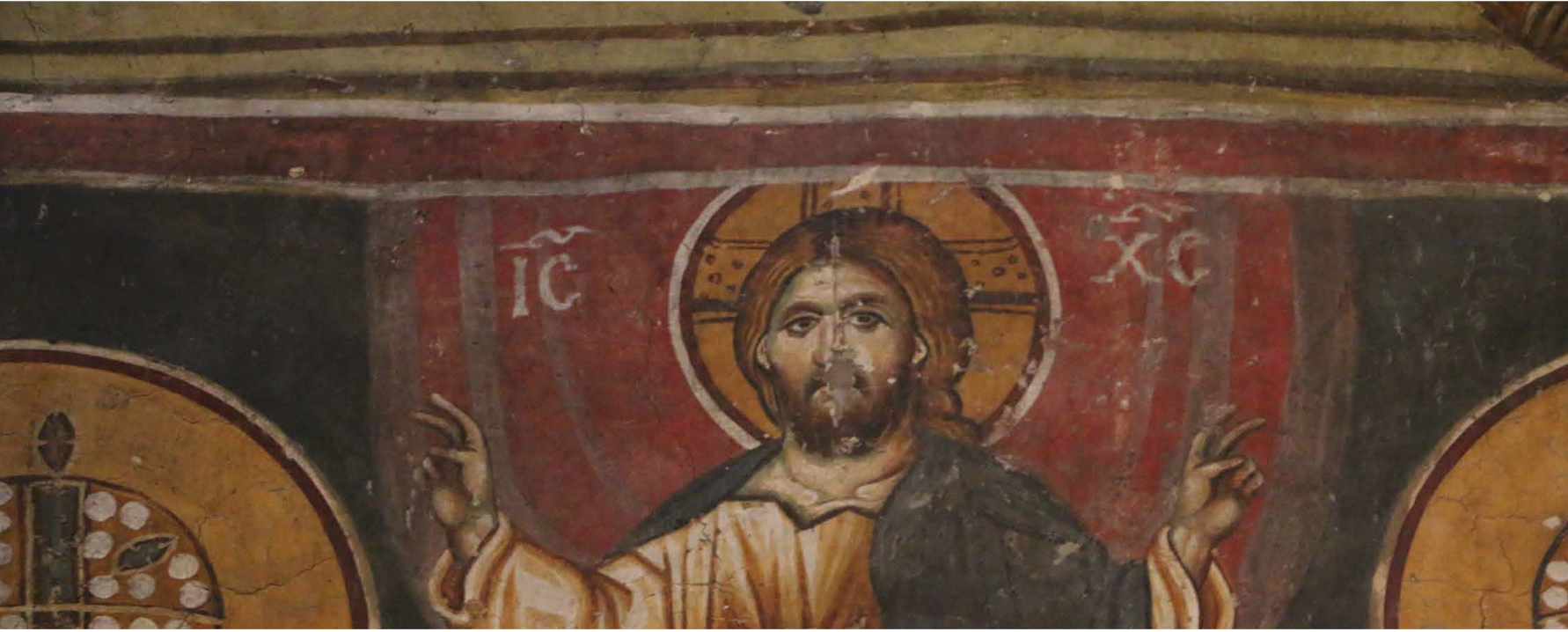
Conference panel
Conference panel: "From John Geometres to John Tzetzes: reading the "corpus Hermogenianum" in the Middle Byzantine Period" at the 47th Annual Byzantine Studies Conference. Organized by Aglae Pizzone (CML/DIAS, SDU), Elisabetta Barili (CML, SDU), Paolo Scattolin (University of Verona) and Anna Bistaffa (SDU). This panel is a first step toward a more integrated understanding of the exegetical work done around the corpus Hermogenianum, with a focus on the period from the 10th to the 12th century.
From John Geometres to John Tzetzes:
reading the corpus Hermogenianum in the Middle Byzantine Period
Session abstract
In a recent contribution (2019), Elizabeth Jeffreys writes that “Byzantine rhetoric continues to be an understudied subject, and also an ill-understood one with a reputation for difficulty.” Such a statement certainly applies to the exegetical tradition revolving around the corpus Hermogenianum. While specific aspects or authorial exegeses such as John of Sardis’, John Sikeliotes’ and John Doxapatres’ have received more attention, no comprehensive effort has been made to look at the interconnectedness of the commentaries – both authorial and anonymous – produced from the middle Byzantine period onward. The task is not an easy one, texts are fluid and often difficult to date. And yet, while studying individual commentaries and prolegomena in isolation can be – and has proven – fruitful in many respects, it fails to capture the quintessential dialogic and entangled nature of these texts, in conversation both with the commented treatises and – sometimes even more vehemently – with each other as well as with contemporary society.
The present panel at the 47th Annual Byzantine Studies Conference is a first step toward a more integrated understanding of the exegetical work done around the corpus Hermogenianum, with a focus on the period from the 10th to the 12th century. Given the complex and multilayered nature of the material, the panel builds on the expertise of scholars from different backgrounds – Byzantine literary studies, classical philology, history of the manuscript tradition. The panel will present mostly unedited material – including texts from the Vossianus Graecus Q 1, glossed by John Tzetzes in his own hand. The session will include four independent, but interrelated papers. The papers will explore the network of relationships connecting 12th-century and 10th-century commentaries, the sources likely used by John Geometres in his lost commentary, the negotiation of Graeco-Roman tradition and finally the ties between rhetorical theory and the social rituals of Komnenian urban society.
Organiser
Aglae Pizzone (Centre for Medieval Literature/ Danish Institute for Advanced Study, University of Southern Denmark)
Speakers
Anna Bistaffa (University of Southern Denmark). In the Footsteps of John Geometres: A Comparative Study of Four Byzantine Commentaries on Ps. Hermogenes’ “On Method of Forceful Speaking”
Paolo Scattolin (University of Verona). An All-encompassing Library: Classical and Christian Authors in John Geometres’ Commentary on Ps. Hermogenes’ “On Method of Forceful Speaking”
Elisabetta Barili (Centre for Medieval Literature, University of Southern Denmark). John Tzetzes and Minucianus: Polemic and Self- representation in the Commentary on Hermogenes
Aglae Pizzone (Centre for Medieval Literature/ Danish Institute for Advanced Study, University of Southern Denmark). Joy and Laughter in 12th-century Urban Culture: New Evidence from the Vossianus Graecus Q1
For the full conference programme, please see here.